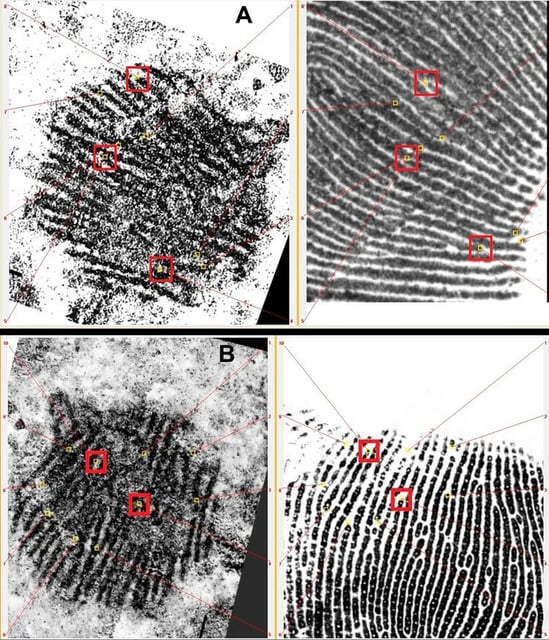Overview
- The eight-inch quartz-rich pebble was unearthed in July 2022 at San Lázaro rock shelter in Segovia and carbon-dated to about 43,000 years old.
- A red ocher dot applied to the naturally face-shaped stone contains a full adult male Neanderthal fingerprint.
- Madrid’s forensic police corps used multispectral imaging and crime-scene techniques to isolate and verify the ancient print.
- Unlike other artifacts at the site, the pebble shows no functional use and appears to have been deliberately selected for its face-like features.
- The discovery bolsters evidence that Neanderthals engaged in abstract thinking and symbolic art, narrowing the perceived cognitive gap with modern humans.



